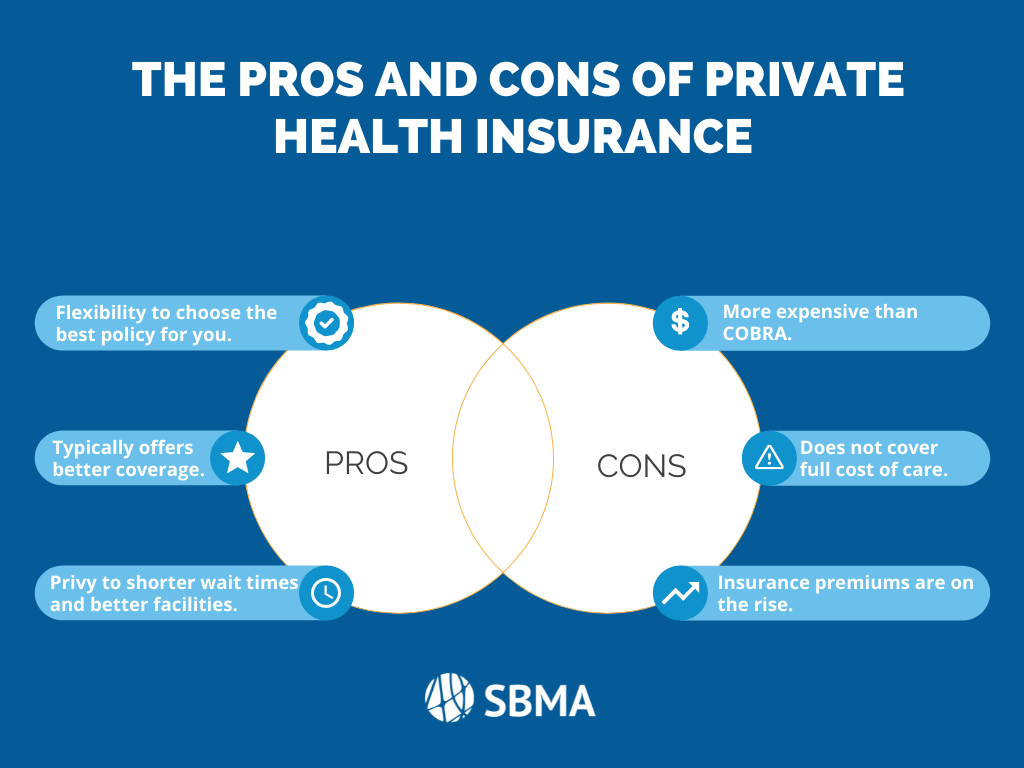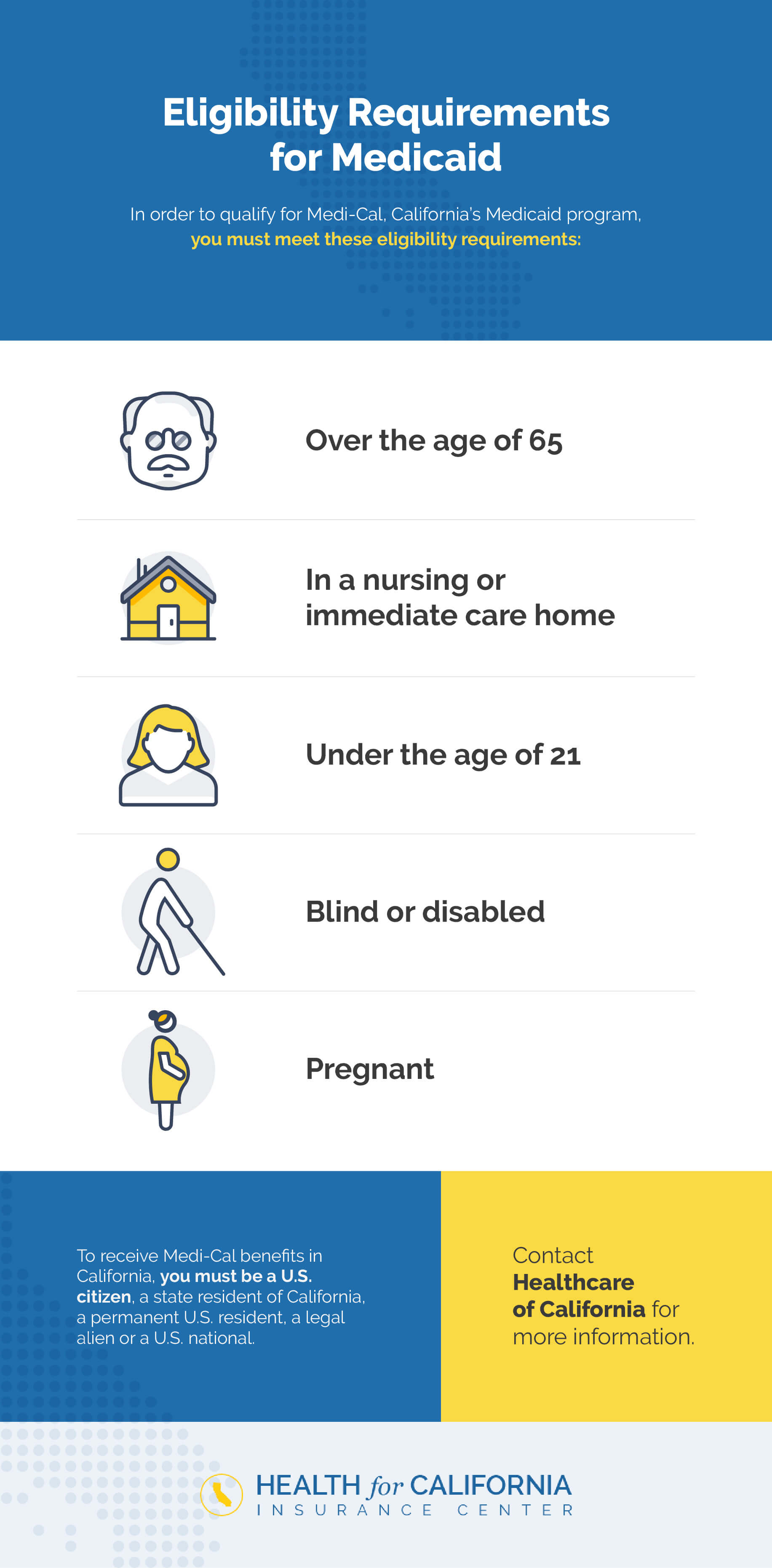The Medicare Advantage Agent PDFs
Table of ContentsUnknown Facts About Medicare Advantage AgentAbout Medicare Advantage AgentMedicare Advantage Agent Can Be Fun For Anyone

follows from complies with the puzzling young age profile of account uninsured with the better health, on average, of younger persons. For those without accessibility to work environment health insurance, bad health and wellness is a potential obstacle to acquiring nongroup coverage because such coverage may be extremely priced, omit pre-existing problems, or be just not available. Unless otherwise noted, nationwide price quotes of individuals without health insurance policy and proportions of the populace with various kinds of insurance coverage are based on the CPS, the most extensively utilized resource of quotes of insurance policy coverage and uninsurance rates.

The 10-Minute Rule for Medicare Advantage Agent
The connection between health insurance and accessibility to care is well developed, as documented later in this phase. The relationship in between wellness insurance coverage and wellness end results is neither straight neither simple, a comprehensive clinical and health and wellness services research study literary works links health and wellness insurance protection
to improved better to care, better much betterTop quality and improved boosted individual population populace wellnessStanding The second report, on individual wellness results for without insurance adults, is stood for by the innermost circle of the figure, while the 3rd record, on family members wellness, encompasses the subjects of the 2nd report yet emphasizes a various device of analysis, namely, the family.
Furthermore, it concentrates specifically on those with no medical insurance for any type of length of time. The problems faced by the underinsured remain in some areas similar to those faced by the without insurance, although they are normally much less extreme. Uninsurance and underinsurance, nonetheless, involve noticeably various policy concerns, and the approaches for addressing them might vary. Throughout this research study and the 5 reports to adhere to, the main emphasis gets on individuals without any health and wellness insurance and hence no assistance in paying for healthcare past what is readily available with charity and safeguard establishments. Health insurance policy is a powerful element influencing invoice of care since both clients and physicians react to the out-of-pocket cost of services. Health insurance, however, is neither necessary neither enough to get to clinical services. However, the independent and straight result of wellness
insurance policy protection on access to health and wellness services is well developed. Others will get the healthcare they need even without medical insurance, by paying for it expense or seeking it from providers that provide treatment totally free or at highly subsidized rates. For still others, medical insurance alone does not guarantee invoice of treatment because of various other nonfinancial barriers, such as an absence of health care suppliers in their community, restricted accessibility to transport, illiteracy, or etymological and cultural distinctions. Official study regarding without insurance populations in the USA dates to the late 1920s and very early 1930s when the Board on the Cost of Treatment created a series of reports concerning financing medical professional workplace brows through and hospitalizations. This issue came to be salient as the varieties of medically indigent climbed up throughout the Great Anxiety. Empirical researches regularly sustain the link in between access to care and improved health end results(Bindman et al., 1995; Starfield, 1995 ). Having a routine resource of treatment can be thought about a predictor of access, instead than a direct measure of it, when health outcomes my company are themselves used as gain access to signs. This expansion of the concept of accessibility dimension was made by the IOM Committee on Monitoring Gain Access To to Personal Healthcare Solutions(Millman, 1993, p. Whether or not moms and dads are insured shows up to affect whether their youngsters get care in addition to just how much careeven if the kids themselves have protection(Hanson, 1998). The health and wellness of parents can influence their ability to care for their children and the degree of family members tension. Worrying concerning their children's access to care is itself a resource of stress for parents. 3 phases comply with in this report. Phase 2 supplies a review of how employment-based medical insurance, public programs and individual insurance policy policies run and engage to give comprehensive however incomplete coverage of the united state populace. This consists of a testimonial of historical fads and public policies affecting both public and private insurance coverage, a conversation of the communications amongst the various kinds of insurance coverage, and an assessment of why people move from one program to an additional or finish up
